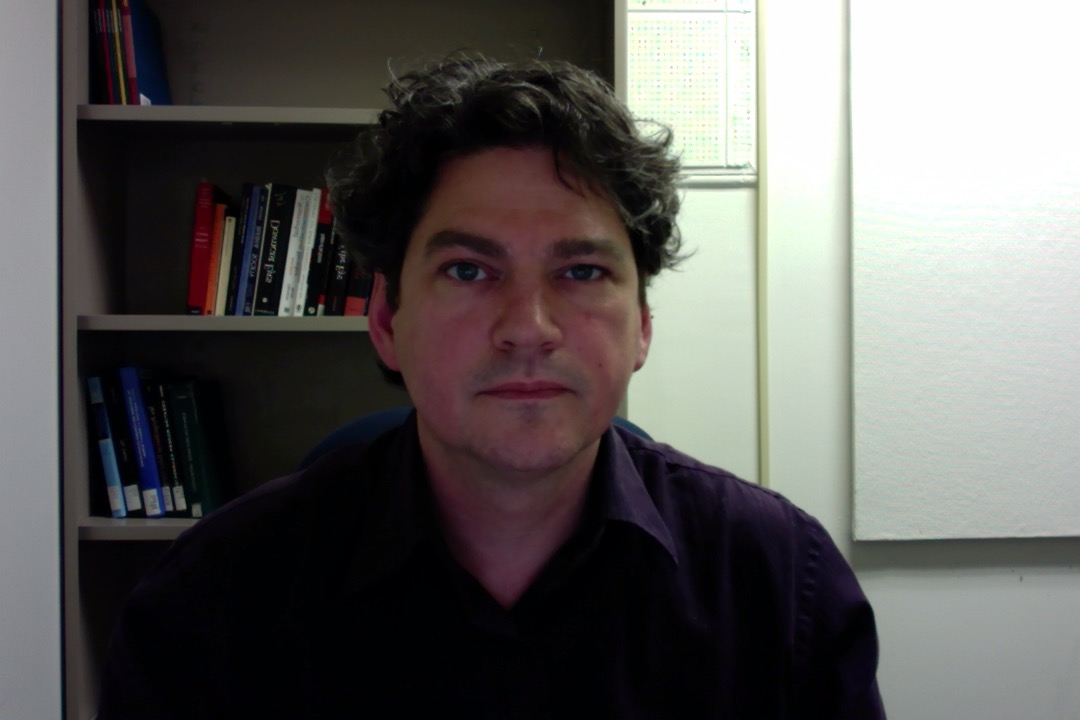March 22, Thu
Mark Paterson is Assistant Professor of Sociology at the University of Pittsburgh. He is interested in approaches to the body and the senses, including the constructions of ‘blindness’, and technologies of touch and sensory substitution. He has conducted funded research in areas such as the use of haptic technologies within museums, and on the mixed spaces of human-robotic interaction (HRI). He is the author of The Senses of Touch: Haptics, Affects and Technologies (2007), co-editor of Touching Place, Spacing Touch (with Martin Dodge, 2012), and most recently of Seeing with the Hands: Blindness, Vision and Touch After Descartes (2016). With David Parisi and Jason Archer he is co-editor of a recent special issue of New Media and Society on ‘Haptic Media Studies’ (2017). His current book project is How We Became Sensory-Motor: Mapping Movement and Modernity. His research blog is at www.sensory-motor.com.
